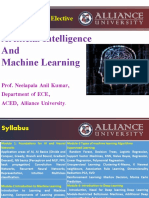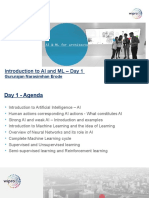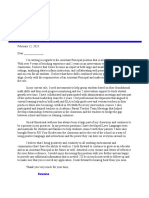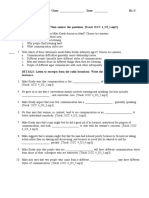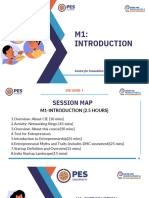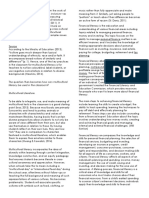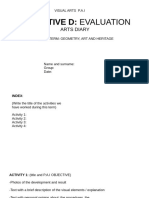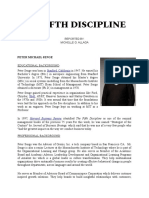0% found this document useful (0 votes)
96 views23 pagesMachineLearning Lecture 2
This document provides an overview of machine learning and artificial neural networks (ANNs). It defines machine learning as a field that investigates how knowledge can be acquired through experience. Supervised and unsupervised learning are described as the two main approaches in machine learning. Supervised learning involves predicting outputs given labeled inputs, while unsupervised learning aims to find hidden patterns in unlabeled data. ANNs are explained as systems that learn by adjusting their connection weights based on examples to perform tasks like classification. Common ANN concepts like neurons, activation functions, perceptrons, and training are summarized.
Uploaded by
amjad tamishCopyright
© © All Rights Reserved
We take content rights seriously. If you suspect this is your content, claim it here.
Available Formats
Download as PDF, TXT or read online on Scribd
0% found this document useful (0 votes)
96 views23 pagesMachineLearning Lecture 2
This document provides an overview of machine learning and artificial neural networks (ANNs). It defines machine learning as a field that investigates how knowledge can be acquired through experience. Supervised and unsupervised learning are described as the two main approaches in machine learning. Supervised learning involves predicting outputs given labeled inputs, while unsupervised learning aims to find hidden patterns in unlabeled data. ANNs are explained as systems that learn by adjusting their connection weights based on examples to perform tasks like classification. Common ANN concepts like neurons, activation functions, perceptrons, and training are summarized.
Uploaded by
amjad tamishCopyright
© © All Rights Reserved
We take content rights seriously. If you suspect this is your content, claim it here.
Available Formats
Download as PDF, TXT or read online on Scribd
/ 23





















